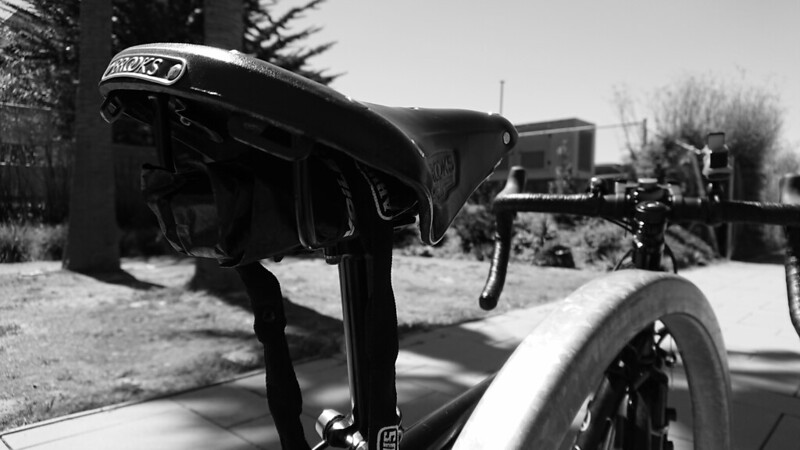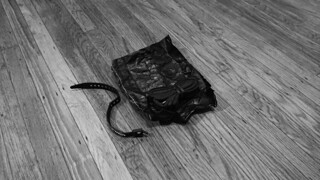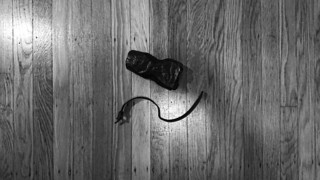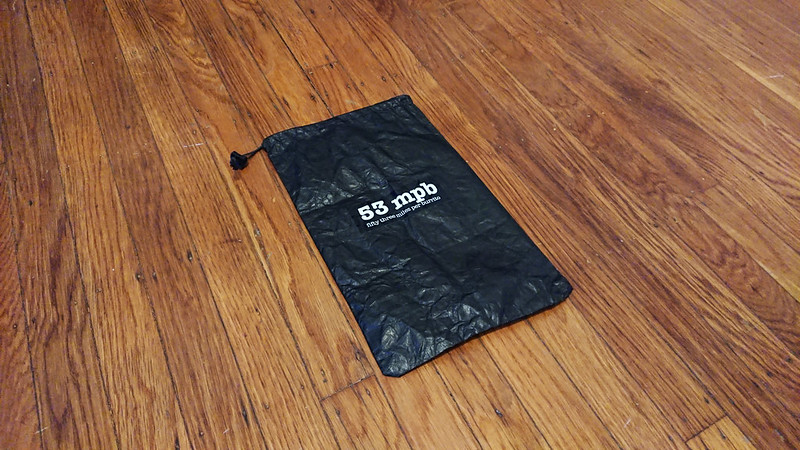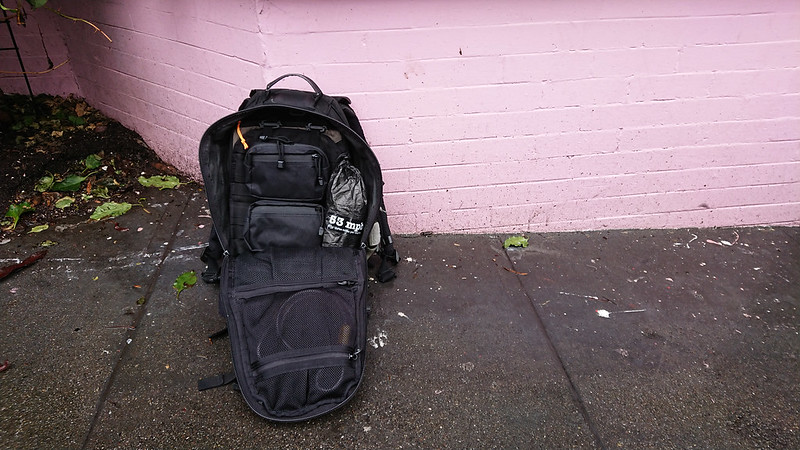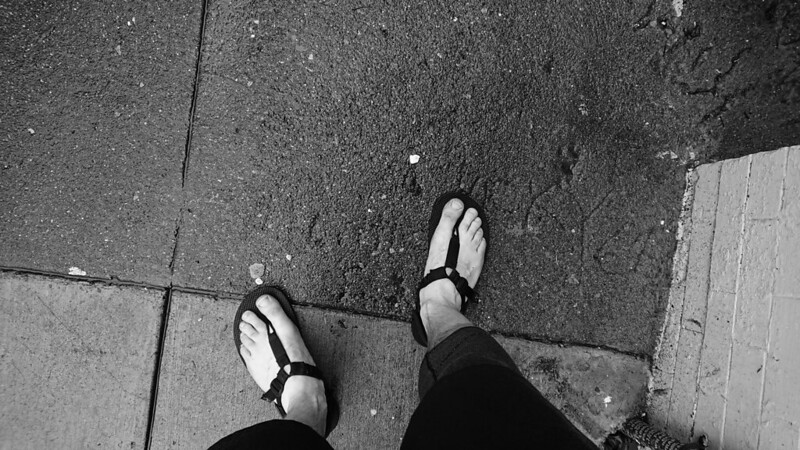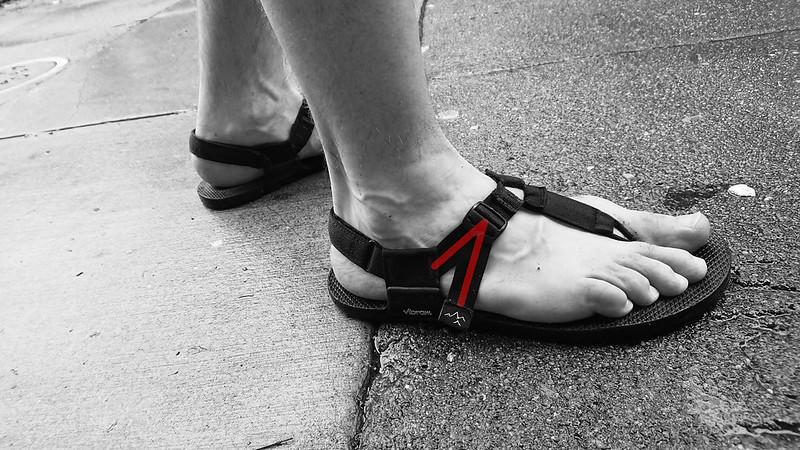The Tube Roll
I carry a spare tube underneath my saddle.
With my Schwalbe Marathon Supreme tires I rarely get flats. When I do, I usually prefer to use a patch, but sometimes you need to replace the tube. To protect the spare tube from the elements – UV rays, abrasion from dirt, etc – I wrap it like a burrito in a piece of black Tyvek. This is then stuffed underneath my Brooks B17 and secured to the rails with a 12” nylon buckle Voile Strap.
The package is easy to get to when I need it, doesn’t move until then, and isn’t very visible unless you’re looking at it. When I moved the spare tube from my pack to my bike, I wanted to avoid a noticeable bag like my Revelate Jerry Can. I’ve yet to have anyone steal this setup, but if they do, I’m only out $5 for the Voile strap, $8 for the tube, and a few pennies for the Tyvek. I can live with that.
In the case of a tire blow out, I’ve wondered if a piece of the Tyvek could be cut, folded, and used as an emergency boot like a dollar bill. I have not had the opportunity to test this, because I buy good tires that don’t blow out. The repair kit I carry in my bag also contains a couple actual reifenflicken, more so because carrying them increases the opportunities that I have to say reifenflicken than because I feel I actually need them.
